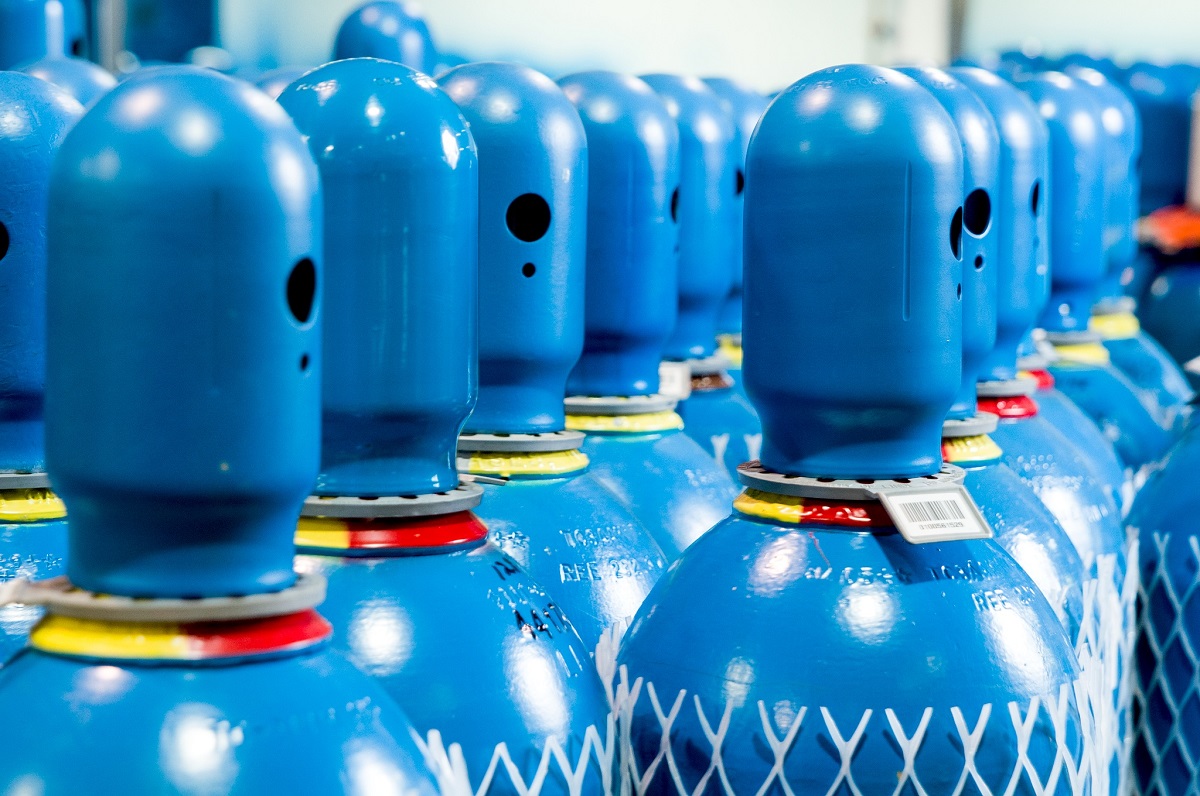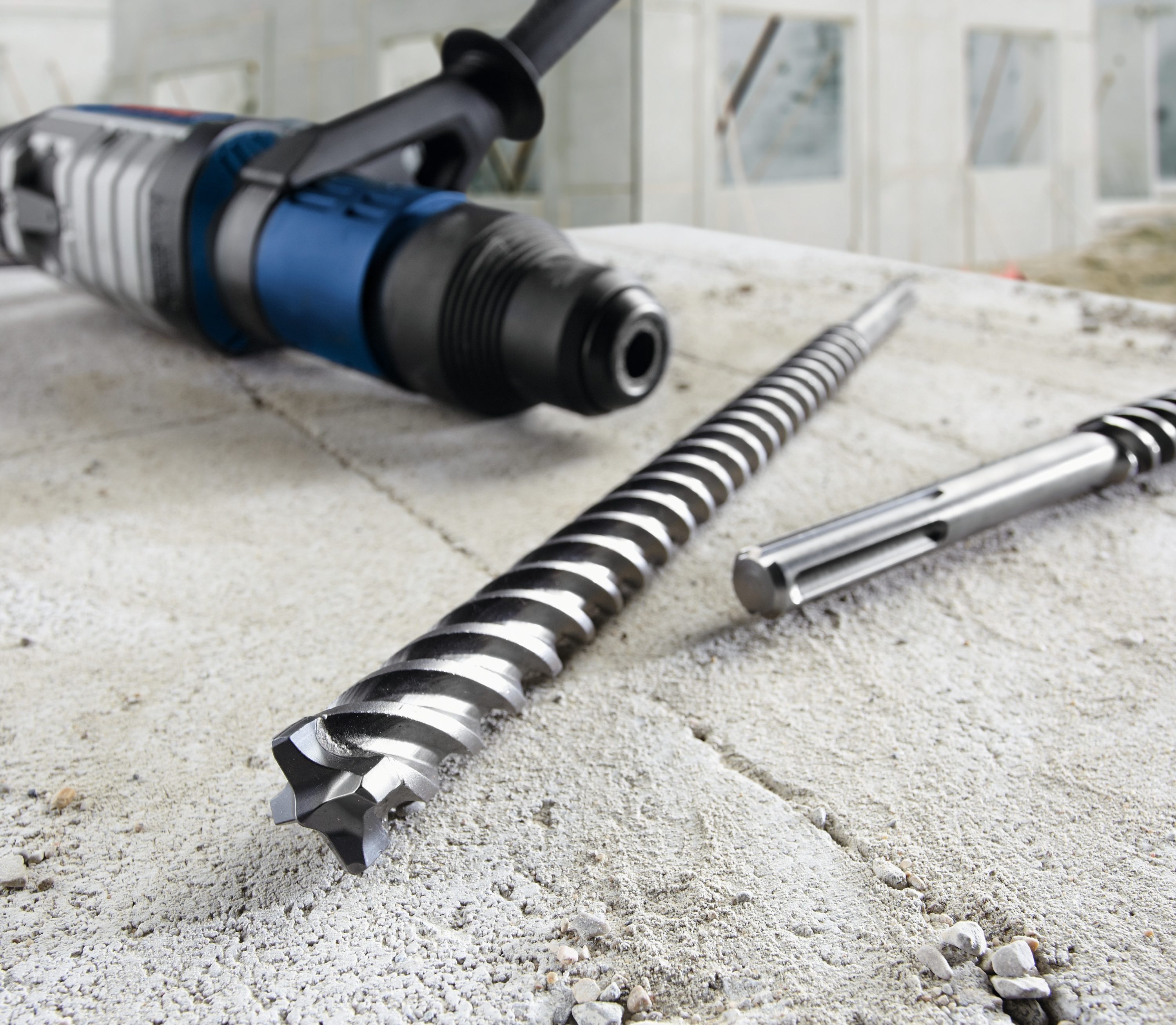Compressed gas cylinders are used on a daily basis by many people in a range of different fields and industries. This includes the wide scope of manufacturing and production, for medical and scientific uses and recreational use like camping and cooking outdoors. Gas bottles and cylinders are pressurised, and as such, pose significant risks to general safety. Gases within these cylinders are mostly odourless and invisible to the naked eye, therefore any leakage could lead to asphyxiation, burns, and in some cases, explosions. The weight of cylinders when full is also a factor that could lead to unwanted injuries if proper procedures in handling and transportation are not followed.

Types and Sizes of Gas Cylinders
Gas cylinders are filled with different types of gases and are labelled as to the contents. Labelling provides the gas type, the pressurisation, a dangerous goods classification, and lists the risks and hazards of improper handling. Safety information is also available as a Safety Data Sheet, or SDS and is a legal requirement for anyone working with gas cylinders.
Visible markings in different colours inform of potential hazards. A yellow diamond with black lettering signals an oxidising gas, which in itself is not flammable, but supports and accelerates the combustion of other gases. A red diamond with black or white lettering means a flammable gas; a white diamond with black lettering means toxic gases, and a green diamond with black lettering informs users of non-toxic, non-flammable gas.

Different cylinder and gas bottle colours are also used for safe identification. Black, white are bright blue bottles that store oxidising gases, red bottles flammable gases, yellow bottles toxic gases and green or dark blue bottles other types of gases.
Sizes and weight also vary. For instance, the largest G2 gas cylinders used in welding are 1460mm high, 230mm wide and have an empty weight of 55 kilos. When full, this reaches 100 kilos. A substantial weight that requires extra care in transportation. By comparison, the propane bottles commonly used in camping are 9-kilo bottles, with a height of 510mm and wider at 315mm. When full, the weight approaches 20 kilos. Tare or empty weight and the type of gas are labelled on the bottles and cylinders. Different gases understandably have different weights.
Transporting Gas Bottles
Gas bottles should always be transported in the tray of open vehicles. Fatalities have occurred due to leakage and explosions of flammable gases in enclosed vehicles. Only if the enclosed vehicle has a purpose-built compartment sealed off the rest of the vehicle and is properly ventilated is this a viable option, though still not recommended. If in doubt have the cylinder delivered or removed by a professional. Before loading on vehicles, cylinders should be checked for any leaks, valves closed and protective caps affixed.

The vehicle should be suitable for the size and weight of the cylinder. Cylinders and gas bottles should be transported in an upright position whenever possible and restrained to the vehicle with proper restraining gear like a cylinder or gas bottle bracket. If carrying multiple cylinders look to gas bottle restraint holders with straps for the appropriate cylinder size and type.
Handling Gas Bottles
Guidelines also exist for handling gas bottles. Specifically for the welding industry consult the government link here, or for general regulations and guidelines – the Australian Standard AS4332. In short, handling should be done with mechanical aids, like ramps, trolleys and forklifts whenever possible and with the proper restraining gear like gas bottle brackets mentioned above. Handlers must wear proper PPE at all times. Assess the weight of the cylinder and assume a proper lifting technique. Never roll, drop or attempt to catch a cylinder. Any damage to the valves or ruptures can cause leakage or explosions.

Gas Bottle Brackets and Restraints
A gas bottle bracket is used for safely handling all gas bottle types and sizes. Brackets can be used in the transportation of the bottles and are affixed to mounting points in the vehicle tray. In addition, when storing gas bottles, preferably in a well-ventilated open area shielded from the elements, bolts secure the bracket to a wall. The bracket consists of a heavy-duty steel ring that opens to accommodate the gas bottle. This is hinged and is secured with a winged bolt nut and lock. Rubber inserts prevent movement in the cylinder and allow for a stable upright storing position. Gas bottle brackets come in different diameters, just measure the size of the bottle or consult the labelling on the bottle. Restraints and brackets are also available for all LPG gas bottles and fire extinguishers.
Another option suited for all gas bottles are webbed strapping restraints. The strapping here adjusts to various cylinder sizes and is durable to carrying over double the weight of the largest G cylinders when full. A thick aluminium track is screwed into walls or rails or mounting points in vehicles.
Multiple gas bottle brackets and holders consist of 2,3 or 4 individual restraints stemming from a single rail. The rail is a metre long, whereas straps can be optioned in different widths to fit differently sized gas bottles. The length provides adequate space while avoiding contact between bottles.
Gas bottles and cylinders should be stored in dry areas, clear of heat sources and in easily accessible places. Store empty and full cylinders in different locations. Gas bottles with toxic gases must always be stored separately. Assure that the cylinders and valves are not damaged or tampered with before usage. Follow basic safety guidelines to avoid unnecessary hazards.



